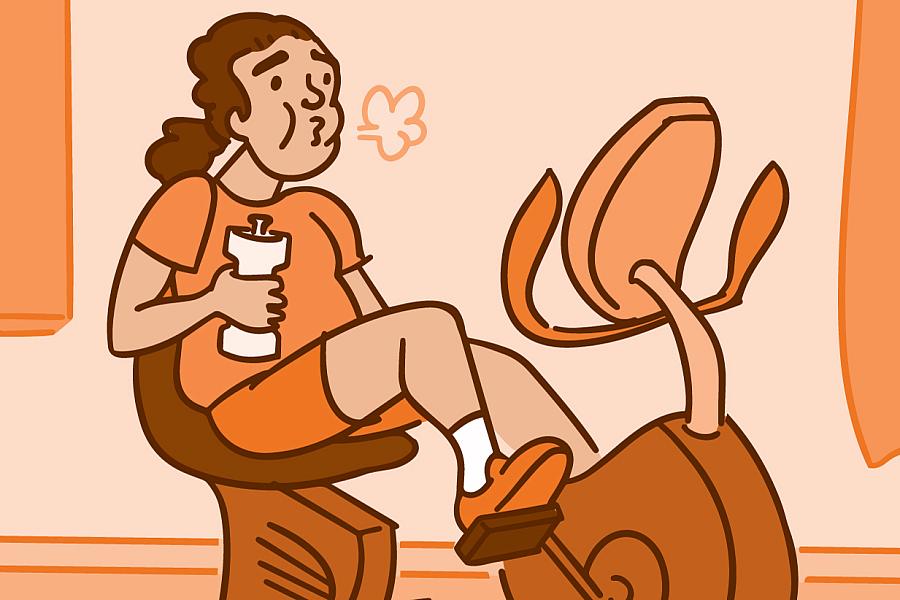Health Capsule
About Pelvic Floor Disorders

The pelvic floor is a group of muscles and other tissues that form a sling or hammock in the pelvis. These pelvic floor muscles do important work. They help to hold essential organs in place. These key organs include the bladder, intestines, and rectum. In women, they also include the uterus, cervix, and vagina.
Trouble can arise if the muscles or tissues in the pelvic floor weaken or are injured. Such problems are known as pelvic floor disorders. One condition that impacts women, called pelvic organ prolapse, occurs when the support weakens, and organs sink down into the vagina. Other problems from pelvic floor weakening can include bladder or bowel control, which can affect men and women. Pelvic floor disorders can arise at any age. But they’re most likely to occur among older women.
Symptoms can vary widely, depending on the organs involved. Some people feel a sensation of bulging or pressure in the vagina. Others may start to have an urgent need to urinate or have difficulty making it to the bathroom in time. Others may get urinary leakage when they cough or laugh.
These symptoms may feel embarrassing to some people, so they may hesitate to tell their health care provider. But such problems are often treatable, so it’s important to bring them up. Learn more about pelvic floor disorders.
NIH Office of Communications and Public Liaison
Health and Science Publications Branch
Building 31, Room 5B52
Bethesda, MD 20892-2094
Contact Us:
nihnewsinhealth@od.nih.gov
Phone: 301-451-8224
Share Our Materials: Reprint our articles and illustrations in your own publication. Our material is not copyrighted. Please acknowledge NIH News in Health as the source and send us a copy.
For more consumer health news and information, visit health.nih.gov.
For wellness toolkits, visit www.nih.gov/wellnesstoolkits.




